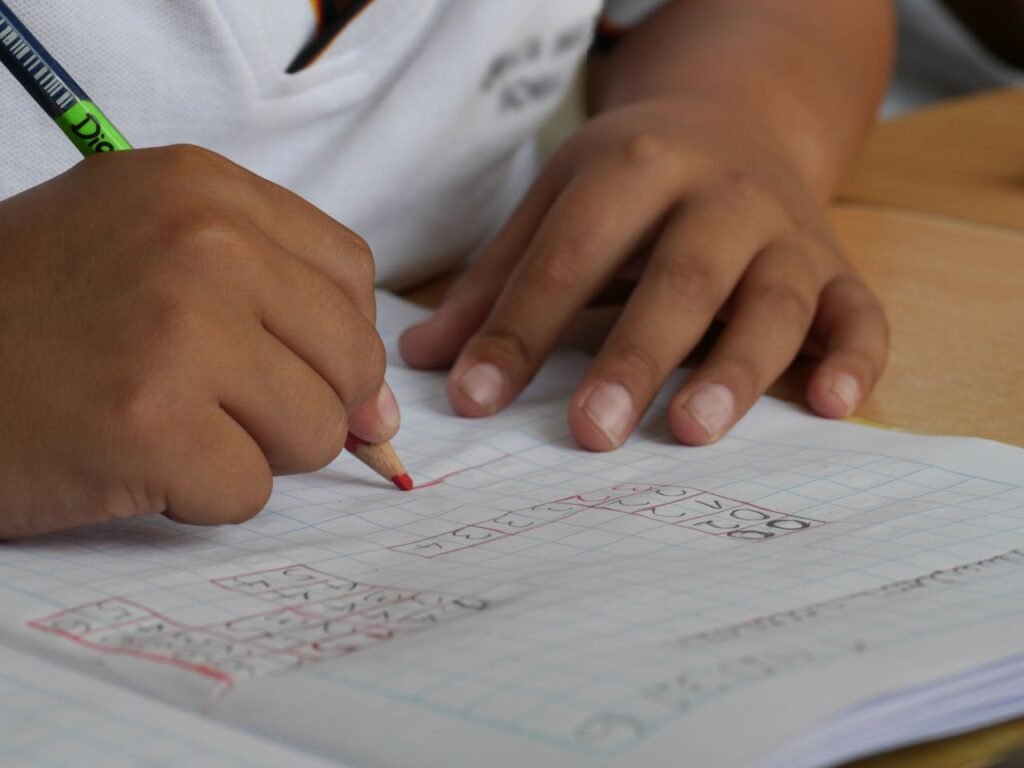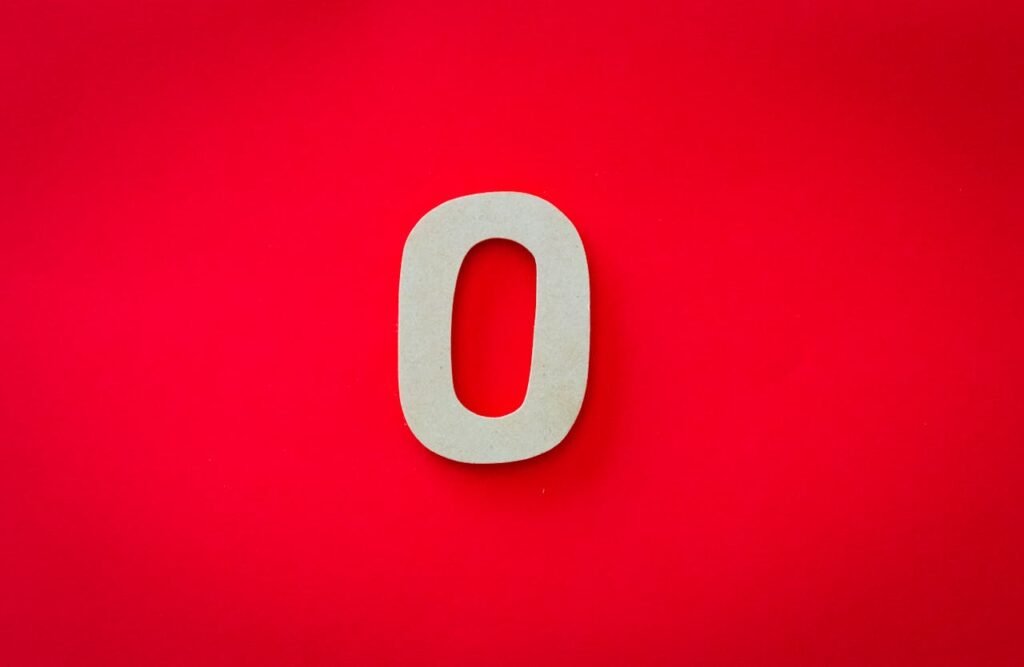Imagine you’re holding a big, cheesy pizza. It’s cut into 100 small bites. Now, what if I told you that learning math—especially percentages—can be just as fun (and tasty) as eating that pizza?
This is what we’re diving into today.
Percentages can feel like a tricky part of math. Some kids even say, “When will I ever use this in real life?” But the truth is, we use percentages all the time—at the store, while baking cookies, during sports, and yes, even when we share that pizza.
So in this article, I’m going to show you how percentages are not just numbers in a book. They are part of your world. We’ll use real-life hacks, super simple examples, and fun ways to make it all click. Whether you’re 7 or 17, this guide will make percentages easy, useful, and even fun.
Ready? Let’s slice up some learning!
What Are Percentages, Really?
Let’s keep it super simple. A percentage just means “out of 100.”
So, if you get 50% in a test, that means you got 50 out of 100 questions right. If you eat 25% of a pizza, you ate 25 out of 100 small pieces (or 1/4 of the pizza if it’s in four big slices). Easy, right?
Here’s a fun way to remember it:
Percent = per hundred.
Now let’s say your juice box says “contains 20% fruit juice.” That means 20 parts of every 100 parts of the drink is real fruit juice. The rest? Just water, sugar, and flavor.
Once you see that percentages are just pieces of 100, it all becomes clearer. And we’re going to use that little trick everywhere.
The Pizza Trick (Yes, Again!)
Let’s go back to our favorite food: pizza.
Imagine we have a pizza cut into 10 slices. You and your two friends are hungry. You take 3 slices. How much of the pizza did you eat?
Let’s think like a percentage.
- The whole pizza is 100%.
- It has 10 slices.
- Each slice is 10% (because 100 ÷ 10 = 10).
- If you ate 3 slices, you ate 3 x 10% = 30%.
So, you just ate 30% of the pizza.
And here’s a fun tip: if you’re ever stuck with fractions or weird numbers in a math question, think, “What would this look like on a pizza?” It helps your brain see the problem in real life.
Shopping Smart: How Percentages Save You Money

Let’s say your favorite toy is on sale. The tag says:
“30% OFF!”
That means you don’t have to pay 30 out of every 100 parts of the price.
Let’s try it.
Your toy costs $50. The shop says 30% off.
- First, find 10% of $50. That’s easy. Just move the decimal one step left. So it’s $5.
- Now, 30% is just 3 times that: 3 x $5 = $15.
- So, you save $15. That means you pay $50 – $15 = $35.
You just saved some serious pocket money!
This same trick works when you’re helping your parents at the grocery store or buying books online. Knowing how percentages work means you’ll always be the smart shopper in the family.
Sports and Scores: Where Percentages Are Everywhere
You’re playing basketball. You shoot 10 times and score 6 goals. That’s 6 out of 10.
Now let’s turn it into a percentage.
- First, ask: “What would it be out of 100?”
- Since 10 goes into 100 ten times, just multiply 6 by 10.
- That gives you 60%. So your shooting accuracy is 60%.
Or let’s say your favorite cricketer has a batting average of 85%. That means they hit well 85 out of every 100 balls. Pretty awesome, right?
Percentages help you understand scores, stats, and records in all kinds of sports. It’s not just math—it’s part of the game.
Homework Scores: Quick Wins for Smart Kids
Imagine you get 18 out of 20 on a quiz. What’s your percentage?
Here’s how to do it:
- Divide your score by the total: 18 ÷ 20 = 0.9.
- Multiply by 100: 0.9 x 100 = 90%.
Boom. You scored 90%. That’s an A!
Now, try this trick for any test or homework. It takes just seconds and it helps you track how well you’re doing. Plus, it’s a smart way to know where you need to improve.
Cooking and Baking: Percentages in the Kitchen

Have you ever helped in the kitchen? Maybe baked cookies or made pancakes? Guess what—percentages are your little helper here too.
Let’s say you’re making juice with your parent. The recipe says:
“Use 60% water and 40% orange juice.”
If you want to make 1 liter (which is 1000 milliliters) of juice:
- 60% of 1000 ml is 600 ml (because 60 out of 100 parts of 1000 is 600).
- That means you need 600 ml water and 400 ml orange juice.
You just used percentages to mix the perfect drink!
Another example: You’re baking cookies. The recipe says 25% of the mix should be chocolate chips. You’re making 200 grams of dough. How much should be chocolate?
- 25% of 200 grams = 50 grams.
Easy! You’re now using math in the yummiest way possible.
Pocket Money Power: Managing Your Money with Percentages
Let’s say your parents give you $20 a week as pocket money. You want to save 25% of it.
What do you do?
- First, find 10% of $20 → that’s $2.
- Then find 25% → $2 x 2.5 = $5.
So, you save $5 every week. After 4 weeks, you’ve saved $20. That’s a full week’s pocket money saved just by being smart!
Want to save more? Set a goal like “I’ll save 50% of my money each week.” That means half of whatever you get goes into savings.
This teaches you smart thinking and planning ahead—skills that are great for life, not just school.
Gaming and Leveling Up: Percentages in Video Games
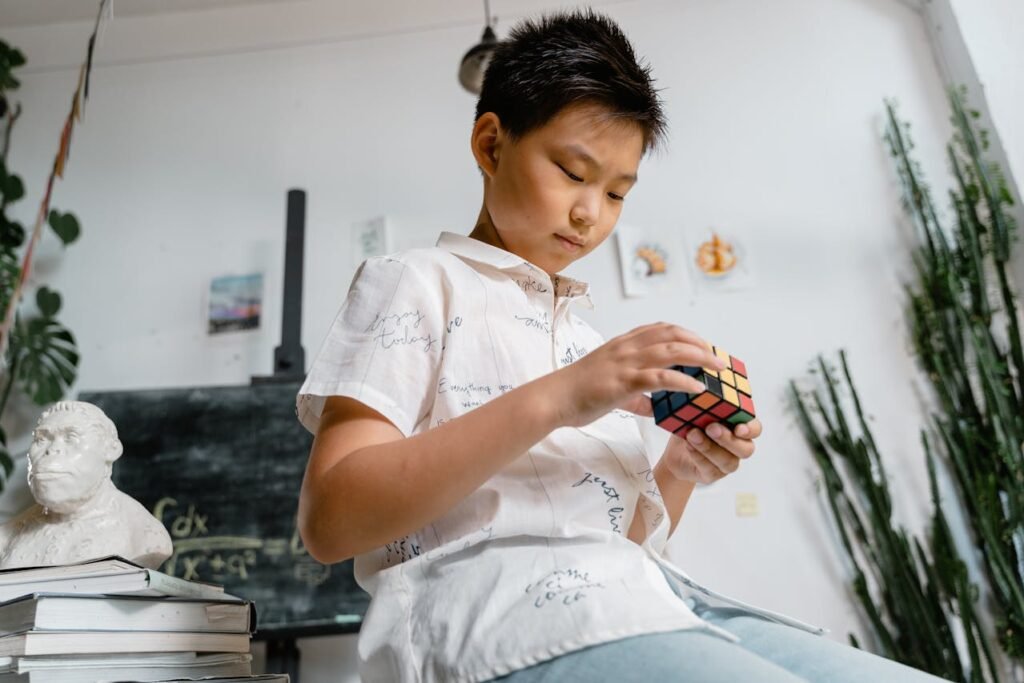
Do you play games? Fortnite, Roblox, Minecraft?
Most games use percentages all the time.
- Your health bar? That’s a percentage. If it shows 75%, that means you’ve lost 25% of your health.
- Your progress bar? It tells you how much of the level you’ve finished. If it says 40%, you still have 60% to go.
- In some games, you might get a 10% speed boost or a 25% increase in damage. That means your character is becoming stronger in a very mathematical way!
So next time you play, try looking at the numbers. You’ll notice your favorite games are full of math—and you’ve been using it without even knowing.
Group Projects and Pizza Sharing: Fair and Square
Let’s say you and 3 friends are working on a project. You decide that each person should do 25% of the work. That way, everything’s fair.
Why 25%?
Because 4 people doing equal parts means the work is split into 4 equal parts of 100%. So:
- 100% ÷ 4 = 25% each.
Same thing with pizza again! If there are 4 friends and 1 pizza, each person gets 25%.
What if one friend doesn’t do their part? That means only 75% of the work gets done. Now your teacher might not be too happy.
So knowing percentages helps you divide work, share things fairly, and even spot problems early.
Weather and Chance: How Percentages Predict the Day
Ever heard the weather forecast say, “There’s a 40% chance of rain today”? That’s a percentage at work again.
So what does that 40% really mean?
It means that out of 100 similar days, it would rain on 40 of them. So there’s a decent chance you’ll need an umbrella.
Here’s a cool trick:
- If the chance of rain is 10%, you’re probably safe to leave the umbrella at home.
- If it’s 80%, you better pack it just in case.
Percentages help us make decisions. Whether it’s about the weather or whether your football game might be cancelled—they help us plan smart.
Health and Fitness: How Your Body Uses Percentages
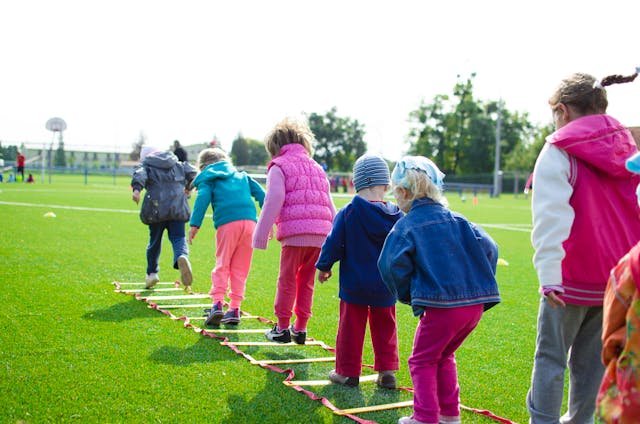
Let’s say you go to the doctor for a check-up, and they say, “Your body is 60% water.” That sounds like a lot! But yes, most of your body is made up of water. That’s a percentage too.
Or maybe you’re tracking how many steps you’ve taken. Your fitness tracker says:
“You’ve reached 70% of your step goal.”
That means if your goal is 10,000 steps, and you’ve reached 70%, then:
- 70% of 10,000 = 7,000 steps.
So you need just 3,000 more to win the day!
Using percentages helps you take care of your body. It shows how much exercise you’ve done, how much sleep you’re getting, or how close you are to your goals.
Music and Volume: Turning Numbers Into Sound
Try this: grab your phone or tablet and look at the volume bar.
If it’s halfway, that’s 50% volume. If it’s just a little bit up, maybe 10% volume. And if you crank it up to the top, that’s 100%—full blast!
So every time you raise or lower the sound, you’re actually using percentages to decide how loud it should be.
Want to know another fun part?
Some apps show battery life in percentages too.
- If your tablet says 20%, that means it’s almost out of battery.
- At 100%, it’s fully charged and ready to go!
Percentages are hidden in so many everyday things, like music, video, and tech.
Art and Creativity: Percentages in Colors and Design
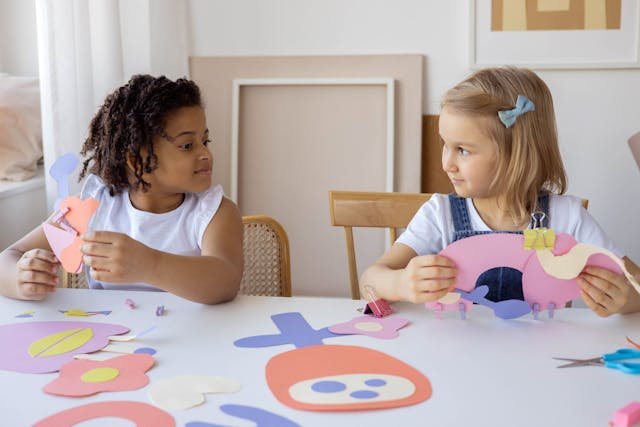
Let’s say you’re mixing paint. You want a nice shade of green. You mix:
- 70% blue
- 30% yellow
You’re using percentages to create just the right color.
Or imagine you’re designing something online—maybe a school project or a poster. The app says, “Make this image 80% bigger.” That means the size is being increased by 80 out of 100 parts.
Even things like brightness, contrast, or zoom levels use percentages. You might adjust the screen to 120% zoom so it’s easier to read.
See? Even art and design use math. Your creativity and your math brain can work together in really cool ways.
Time and Schedules: Managing Your Day with Percentages
Let’s talk about time. Imagine you have 2 hours (120 minutes) to study. You decide to spend:
- 50% on math
- 30% on science
- 20% on reading
How much time does each subject get?
Here’s how to figure it out:
- 50% of 120 minutes = 60 minutes for math
- 30% of 120 minutes = 36 minutes for science
- 20% of 120 minutes = 24 minutes for reading
When you break time into percentages like this, it helps you stay organized. You know exactly how long to focus on each subject, and you’re not just guessing. Plus, you feel super proud at the end when you know you’ve used your time wisely.
And here’s the cool part—you can use this trick for fun stuff too!
Want to spend:
- 70% of your weekend playing
- 20% helping around the house
- 10% reading?
Plan it out! That way, you get your fun and your responsibilities done like a pro.
How Teachers Use Percentages (And Why You Should Too!)
Your teachers are using percentages all the time—even when you don’t notice.
- Grading your tests
- Planning lessons
- Even seeing how much the class understands a topic
Let’s say your teacher checks your spelling quiz and gives you a 75% score. That means you got 75 out of every 100 words correct. They now know you’re doing great—but still have room to grow.
You can use this too.
Track your own learning by checking how much of a topic you understand.
- Feel like you “kind of” understand something? Maybe that’s 50%.
- “I know this really well!”—You’re at 90% or 100%.
- Not sure at all? That’s okay, you’re at 10%, and now you know where to focus.
This isn’t just about grades. It’s about being honest with yourself so you can grow stronger and smarter every single day.
Little Choices Add Up: Using Percentages in Daily Decisions

Think of all the small choices you make in a day:
- How much water to drink
- How much time to play vs. study
- How much screen time you have
All these things can be looked at in percentages.
If your screen time is supposed to be 2 hours a day and you’re using 3, you’re using 150% of your limit. That means you’ve gone over.
If you want to cut back, you can say, “I’ll aim to stay within 80% of my limit.” That means 1 hour and 36 minutes.
Why does this help? Because percentages give you a clear, easy way to measure your choices. They help you take control.
And taking control of your time, your energy, your learning—that’s a life skill. One that will make you feel more confident and less stressed.
Building Big Goals with Small Percentages
Let’s say you want to finish reading a big book. It has 200 pages. You decide to read 10% every day.
What does that mean?
- 10% of 200 pages = 20 pages a day.
In just 10 days, you’ll finish the whole book!
This is how big dreams come true—one little step at a time. Whether it’s reading, learning a new skill, or saving up for something, you can use percentages to break things into small, easy parts.
Want to learn coding? Practice 20% of your day on it.
Want to get better at drawing? Spend 15% of your free time on practice.
When you divide your big goals into small percentages, they suddenly don’t feel scary. They feel doable. And that’s how smart kids like you build great habits.
Why Percentages Matter—In School and In Life
By now, you’ve seen percentages everywhere:
- In pizza slices
- In shopping deals
- In sports scores
- In games, goals, and even your time
They’re not just for math class. They’re life tools.
When you learn how to use percentages, you become more:
- Focused (you know how much time to give something)
- Fair (you know how to share things right)
- Smart (you make better choices)
- Confident (you understand the world better)
At Debsie, we believe that every child can become a math whiz—not by memorizing boring rules, but by seeing how math works in the real world.
We teach percentages using pizza, games, shopping, sports, and so much more. And our amazing teachers are always ready to guide you—whether you’re just starting out or ready to level up.
How Debsie Helps Kids Master Math (and Love It Too!)
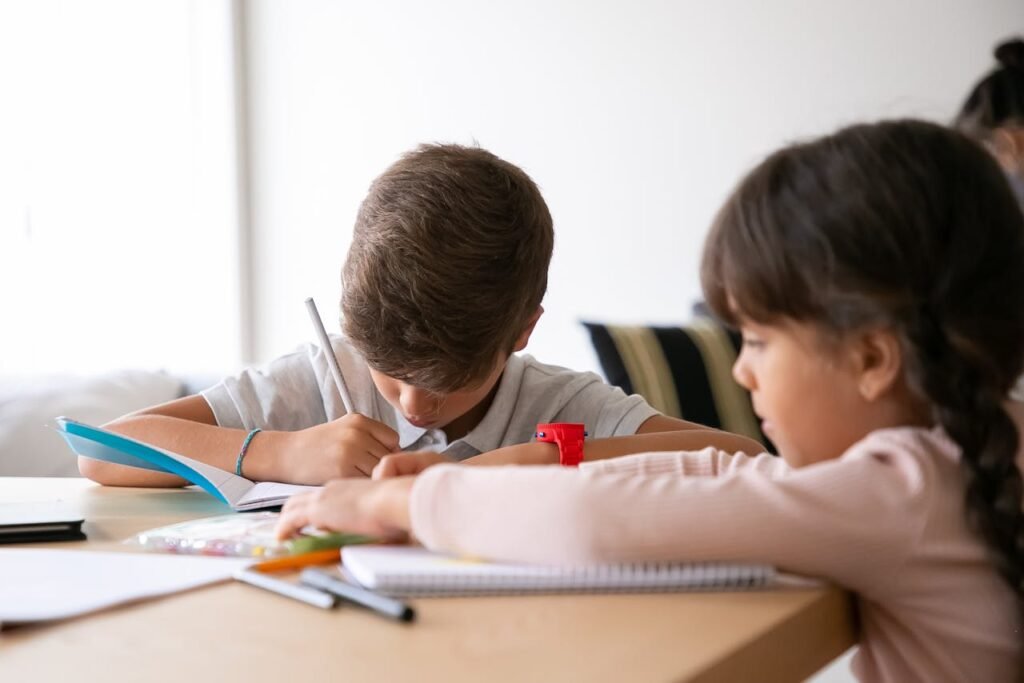
At Debsie, we believe that math should never feel scary or boring. That’s why we’ve created a special way to teach it—one that makes sense, feels fun, and sticks in your brain like your favorite story.
When it comes to percentages, here’s how we make it come alive:
🍕 Real-Life Learning with Pizza, Games, and Stories
We don’t just talk about numbers. We turn them into pizza slices, game points, and real money savings. Our expert teachers use examples that kids understand—like shopping, cooking, or scoring goals in a match. That way, learning feels real, not just like lines in a textbook.
🧠 Deep Thinking Made Simple
Our lessons are designed to help your child think clearly, not just memorize. We teach how to break problems down step by step using everyday things. This builds strong problem-solving skills, which are helpful not just in school—but in life.
🌍 Global Teachers, Local Love
We have amazing partner teachers from around the world who teach math, physics, biology, geography, chemistry, and every subject in between. They bring in global ideas, local examples, and fun activities that make learning exciting for kids from age 5 to 18.
🎮 Gamified Lessons That Keep Kids Hooked
Debsie’s lessons feel like a game. Kids earn points, unlock levels, solve puzzles, and complete fun challenges while they learn. This builds focus, patience, and a love for progress. And the best part? Every win helps them become smarter and more confident.
💬 One-on-One Support, Always
No one gets left behind at Debsie. Whether your child learns fast or needs a little extra help, our teachers are trained to support each learner in the way that works best for them. We build learning plans around your child’s style, pace, and goals.
Final Slice: It’s Not Just About Percentages—It’s About Power
When kids understand percentages, they’re not just learning math. They’re learning how to think clearly, make good choices, and see the world in numbers they understand.
From splitting a pizza to scoring goals, from saving pocket money to making big life plans—percentages are everywhere. And once your child sees how useful and easy they are, they’ll feel smarter, braver, and more in control.
At Debsie, we’re not just teaching math. We’re teaching kids how to be confident problem-solvers, sharp thinkers, and joyful learners. Whether your child is 5 or 15, struggling or soaring, we meet them where they are—and help them rise higher.
So, if you want your child to not just learn, but love math…
🎓 Join the Debsie family today!
👉 Book a FREE trial class now and see the difference in just one lesson.
Read Next:

